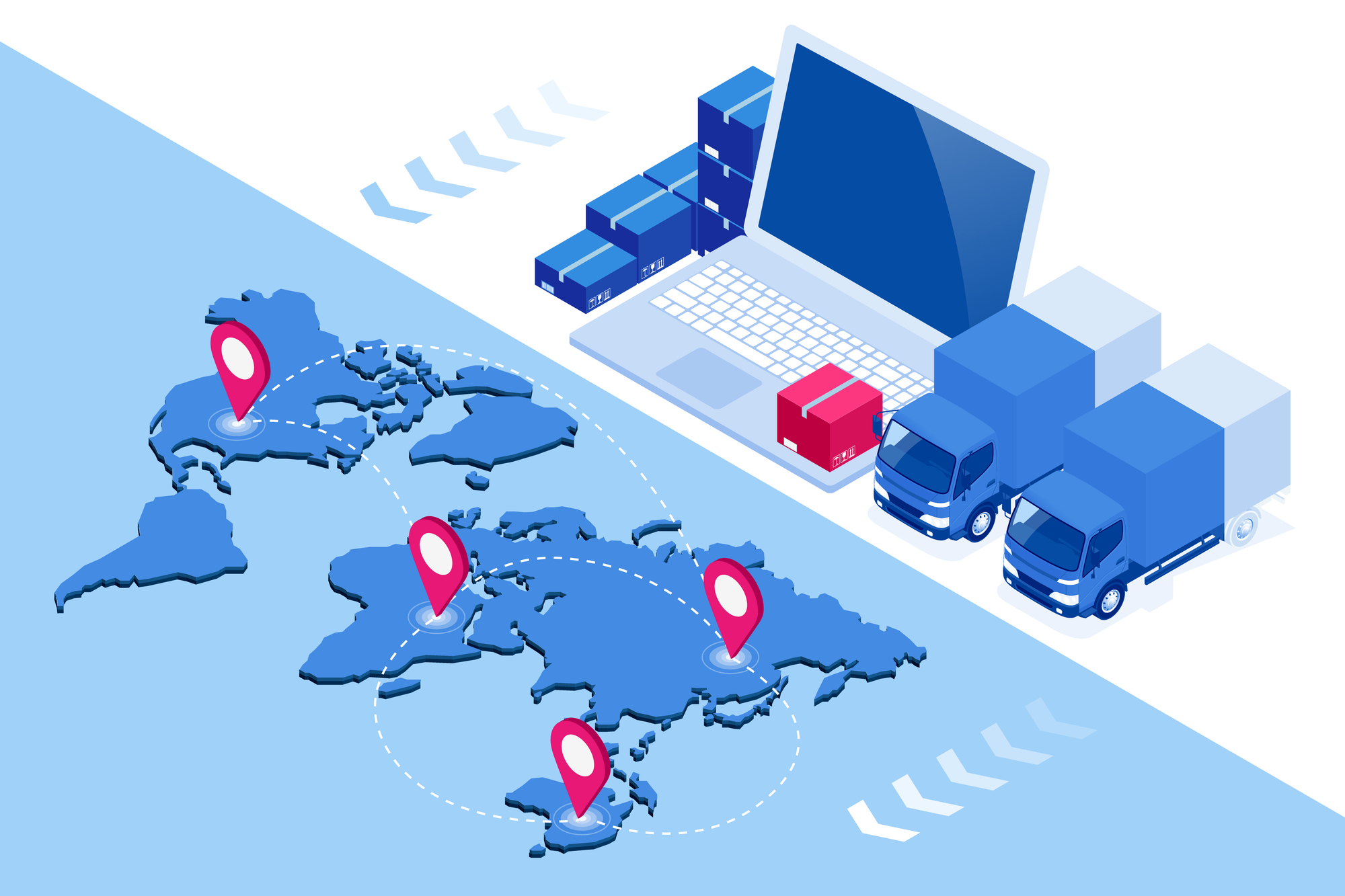
The COVID-19 pandemic highlighted the world’s lack of readiness to manage through a global supply chain crisis and the need for digital supply chain solutions and management strategies that reduce our reliance on off-shore suppliers for crucial parts, components, and materials. While maintenance, repair, and operations supply (MRO) was a historically neglected area in many organizations, it has proven to be an essential supply chain during this global crisis, especially for continuity of supply of critical asset spares.
The pandemic also acted as an inflection point for many of the trends that were already occurring in the MRO supply chain space previously:
- The aging workforce, particularly in the technical trades, and the resulting loss of intellectual property and tribal knowledge.
- The growing skills gap as assets and manufacturing in general become more complex, sophisticated, and smarter.
- The increased focus on reliability and asset uptime.
- The growing realization that the MRO supply chain as a function is essential to operations. Many of the materials that flow through this supply chain are mission critical (as in PPE and critical spares), and that this is a huge area of risk and vulnerability.
And while the adoption of digital technologies was certainly accelerated by the pandemic, nobody seems to be able to explain in a practical sense exactly what a digital supply chain for MRO is. How do you recognize it? Why should you care?
A Legacy of Limitations
The MRO supply chain is evolving thanks in part to Industry 4.0. But while businesses spend a huge amount of time managing their direct supply, historically the MRO supply chain has been overlooked. It’s not surprising though. Maintenance, Repair and Operations (MRO), which can literally be nuts and bolts but also includes services and materials, typically is not viewed as an essential function, even though this supply chain is mission-critical – safety equipment, lubricants to keep production lines running, critical component parts that if missing could mean hundreds of thousands of dollars in machine downtime.
MRO is often neglected because there is no single owner. It touches everyone from procurement, to finance, to plant operations and maintenance, to risk management and information technology. These are functional silos of pain, where each silo self-optimizes, sometimes at the expense of other stakeholders with competing and conflicting interests – which can be detrimental to the enterprise overall.
- Engineering wants the most reliable parts to optimize machine uptime, regardless of cost.
- Maintenance wants the maximum amount of inventory.
- Finance wants the least amount of inventory as it impacts working capital.
- Procurement wants the highest value for the lowest cost.
And the very nature of it means a high-volume of low-dollar-value transactions. MRO and facilities spend is often under-addressed because they can be difficult to reach. Control is often decentralized, visibility is limited, and driving change can be really difficult.
As a result, this non-function is under-resourced in terms of people, process, and technology. Finding the data is virtually impossible because it resides in various ERP and CMMS systems. It’s corrupt, incomplete, inaccurate, unstructured, and largely inactionable. And systems are not integrated or able to pass data efficiently.
It seems easier to do nothing and maintain status quo than to address MRO. Any procurement organization would be hard-pressed to affect change and leverage their MRO/Tail spend because the data doesn’t give them a clear view of what they’re buying, from whom, or why they’re buying so much (or so little) of it. And if procurement can’t get access to the spend, they can’t negotiate savings, leverage category expertise, or drive innovative solutions to help the organization become more successful.
To drive improvements in traditional MRO integrated supply chain management, companies need to invest in, develop, and implement advanced digital technologies and leverage a digital ecosystem of partners to become more adaptable and take their customers on the journey through the digital supply chain.
Disruptions in productions transportation, and logistics highlighted the importance of redundant supply sources, manufacturing agility, and data accessibility. Digital supply chain solutions -digitization & automation of the MRO supply chain – is now a must. It’s clearly not just innovation for the sake of innovating, there are real practical implications in maintaining the status quo:
- Labor shortages: both skilled and unskilled labor is scarce and is only going to get worse (especially for manufacturers).
- Risk mitigation.
- Simplification.
- Visibility.
- Control.
- Productivity.
- Cost reduction – direct and indirect.
- Shift from legacy to a purpose-driven strategic lever to drive other initiatives including:
- Asset management & reliability
- Safety
- Sustainability
- Diversity
Manufacturing companies will need to be confident that they can obtain the MRO supplies and insights they need to match activities to demand and market dynamics.
Traditional demand signals no longer apply but integrated supply chains can make sense of the data and help develop new systems to interpret it. This will lead to fuller understanding of inventory levels, production schedules, and the other crucial logistical components that can bring order to supply chains and guide decisions.
The MRO digital supply chain of the not-too-distant future will mirror the higher purpose of today’s rising supply chain leaders – not just in what is being delivered, but how and for whom. Purpose-driven supply chains take proactive steps to regenerate lost natural capital, taking action and influencing those in the ecosystem to follow their lead.
As specialists in industrial services and technology, SDI empowers companies to harness the game-changing potential of Industry 4.0 with our ZEUS Digital Supply Chain platform. In addition to powerful data analytics, frictionless eProcurement, and intelligent storeroom technology, we leverage procurement automation and robotic process automation to provide value-added efficiency improvements and enhance the overall customer experience.
To learn how the digital supply chain enables greater agility, speed, and transparency, contact us today.





